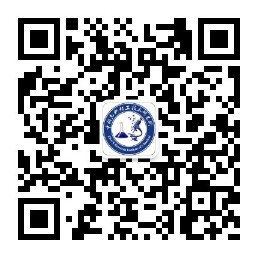欢迎访问中科光析科学技术研究所官网!
- 联系我们
- 关注微信

欢迎访问中科光析科学技术研究所官网!

免费咨询热线
400-635-0567|
广播电台服务设备检测项目报价? 解决方案? 检测周期? 样品要求? |
点 击 解 答  |
本部分为有下列需求的组织规定了质量管理体系要求: a) 需要证实其具有稳定地提供满足顾客要求和适用的法律法规要求的产品的能力; b) 通过体系的有效应用,包括体系持续改进过程的有效应用,以及保证符合顾客要求和适用的法律法规要求,旨在增强顾客满意。
The passive radio astronomy service (RAS) is studying natural phenomena producing radio emissions at frequencies fixed by the laws of nature. Primary allocations have been made to various space services in the Earth-to-space direction such as the fixed-satellite service (FSS), radionavigation-satellite service (RNSS), mobile-satellite service (MSS) and broadcasting-satellite service (BSS) in bands adjacent or nearby to bands allocated to the RAS.
This standard applies to both wireless communications devices (WDs) and hearing aids. It sets forth uniformmethods of measurement and parametric requirements for the electromagnetic and operational compatibility andaccessibility of hearing aids used with wireless communications devices, including cordless, cellular, PersonalCommunications Service (PCS) phones and Voice over Internet Protocol (VoIP) devices, operating in the range of800 MHz to 3 GHz. However, this version is focused on existing services, which are in common use. Accordingly,in this version tests are provided for services in the 800 - 950 MHz and 1.6 - 2.5 GHz frequency bands. Futureversions may add tests for other frequency bands, as they come into more common use.This standard is intended to apply to all types of hearing aids with acoustic output, including, as examples, behindthe-ear (BTE), in-the-ear (ITE), in-the-canal (ITC), and completely-in-the-canal (CIC) types. Test methods areprovided for hearing aids operating in acoustic (microphone input) mode or in T-coil input mode.The field levels called for in various places shall be maintained within the limits for RF safety, set forth in ANSIC95.1-1999, IEEE Standard for Safety Levels with Respect to Human Exposure to Radio FrequencyElectromagnetic Fields, 3 kHz to 300 GHz.
 前沿科学
微信公众号
前沿科学
微信公众号
 中析研究所
抖音
中析研究所
抖音
 中析研究所
微信公众号
中析研究所
微信公众号
 中析研究所
快手
中析研究所
快手
 中析研究所
微视频
中析研究所
微视频
 中析研究所
小红书
中析研究所
小红书